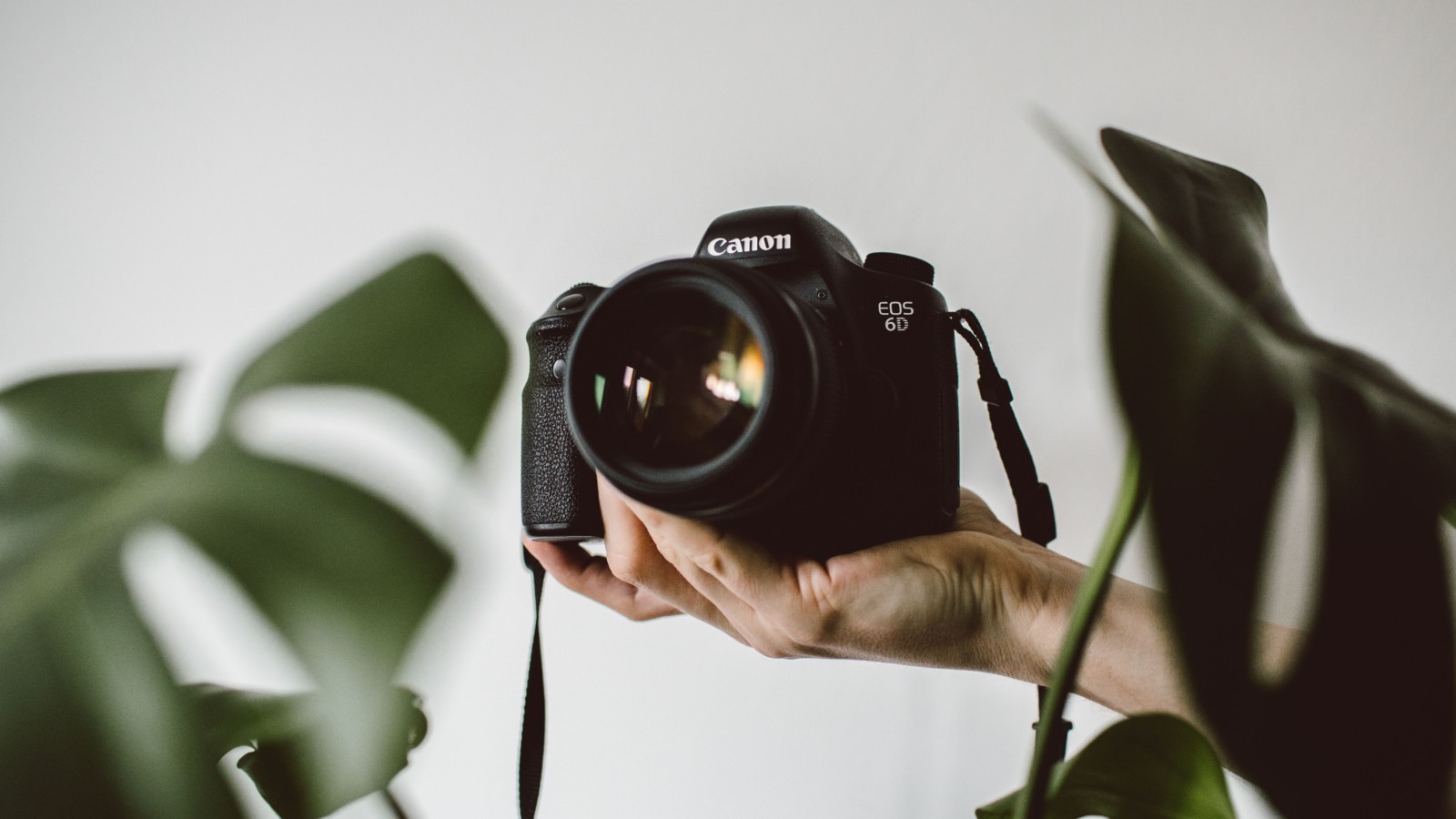What to do with “writer’s block” for the photographer? How to make things fresh?. Seven tips to change your perspective on the things you see every day.
When you find yourself shooting the same old “hum drum” photos, and getting that “déjà vu” feeling after editing your 73rd flower picture using the same lightroom presets, maybe it is time to change your perspective. How do you keep from getting into a rut? What can you do to make the best use of limited shooting opportunities due to weather? Give these tips a try.
Get Down Low
Drop to your knees or sit all the way down on your butt. The more “inappropriate” the locale, the more surprised you will be at what you see. Of course, safety first! If you are on a busy sidewalk, step to the safety of a doorway or curb. Look through your viewfinder. Chances are the hustle and bustle of feet and legs, or the abstract pattern of a man-hole cover or the gritty texture of the street will await you.
Look for signs and other things you may not see unless you emerge from below ground. Parking garages and subways often have a variety of signs that only make sense to the viewer in their location. If captured from ground level and the people on the street, this can offer an interesting, and sometimes comical view into the underground activities as well. Edit latter, just be sure to press the shutter.
Get Way Up High
Everyone remembers the scene from Dead Poets Society where Robin Williams had the boys stand on his desk and “just look” at the classroom. Sometimes, seeing things from a balcony or second-story window can change the ordinary into something special. How many bird’s eye views of a bird’s nest are in your portfolio? If getting up high is impossible, imagine how things would look from that perspective. See if there isn’t some way to emulate that view, or give a faux representation of what you would see.
Lean Your Head Over on One Shoulder and Squint
If this doesn’t give you a change of perspective, then lay on your side. Sometimes something as simple as rotating the camera can put an abstract perspective on an ordinary subject. When we see things in the “wrong” orientation, we often enjoy the artistic merits of the item without getting bogged down in its functionality. By blocking out the extraneous pieces of an image, a shadow or light pattern can be the image itself.
Some of the best abstracts are created with simple shadows of common objects like stairs or windows. When the reference point we are used to seeing is removed, and all the distracting details are gone, it allows the shape and pattern to come through in a view most people are not familiar with seeing.
Stop and Reflect
Look for reflections. Try to capture the duality of a subject with its mirror image, or capture the ghostly reflected wisps of people or faces in a window. Be dramatic by obscuring the image and only showing its reflection. Sometimes something as simple as capturing the reflection of a stoplight in the puddle of a gritty street can make a very interesting photo. Look for reflections wherever they occur, and try to think about how to creatively use that reflection to tell your story
Think Big but Shoot Small
Don’t just slap on your fish-eye or ultra-wide-angle lens, try to zoom out in your mind’s eye. See the entirety of your locale. What object could you frame or shoot solo that would convey the enormity of your locale? Imagine a bug’s eye view on your scene, what unique obstacles or perils would you highlight? Is a central statue pointing or looking at something intriguing?
Can the sense of distance help or hinder your story? Use any natural and man-made references to help tell the story to your viewer. Sometimes the simplest of outdoor scenes that catch a sleepy small village rolling down a hill into the valley below be the most dramatic.
Go Big or Go Home
This one is quite simple, slap the longest lens you have on your camera, and walk around town or other close quarters. You will be doubly surprised to find out how much you could have shot if you didn’t have the “wrong” lens on your camera, and the simplest of images require some forethought to tell the correct story when zoomed in tight.
Desaturate Your View
Look at your surroundings strictly in their “grey-scale” value. Consider the highlights and shadows of a scene. How can you capitalize on those? What would the image look like in “high key” or “low key” tones only? Could you change the mood by underexposing? What about overexposing? If you aren’t sure how to do this with your camera, the easiest way is to point the camera at the shadowy areas of the scene and press the shutter halfway down, and then recompose the image.
This will result in overexposure. The same is true for the opposite. Select the highlight areas, lock the meter reading by pressing the shutter halfway down, and then recompose the image. Sometimes you will find things about an image you didn’t even see in person.
Don’t be afraid to stand where others dare not! Try things that are “wrong”. You may not reinvent the wheel, but it will certainly help you find some new inspiration. When things are getting stale, go against the flow, and put your camera where no one else puts theirs. The view just might be amazing.


